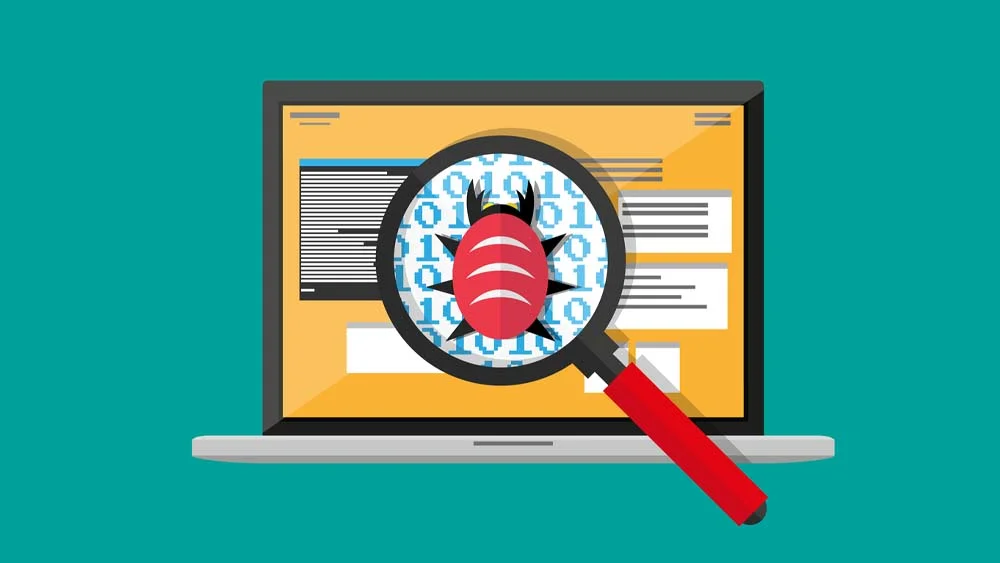Entering the Bug-Free Zone: How Bug-Tracking Systems Ensure High-Quality Apps
In every app, the user experience is always the main concern. The latest technological advancements have made users set very high expectations that developers need to meet one way or another. The user experience depends on many factors, such as the quality and relevance of features added, the design, etc. However, the main and most important factor that impacts users is having the ultimate bug-free app experience. But how do developers ensure that their output is error-free and works seamlessly? Bug-tracking systems are the unsung heroes of the software development industry. These robust systems are built to monitor and control issues, catching and fixing every slight blip along the way. In this article, we will explore everything about these systems, from how to use them to the best bug-tracking software you should consider.
Going Bug-Free: How Do Bug-Free Apps Really Matter?
Let us talk for a minute as users. In my humble opinion, what makes apps more interesting is the fact that they provide me with an undisrupted journey. Meaning that whenever I try to use them, no matter for how long, they’ll be operating perfectly. For example, we came across millions of apps, some of which we still use and some of which we totally forgot about. If you think about it, usually the apps that we forget about have an issue with their overall performance. For instance, you wouldn’t continue using an app if it crashed or lagged every now and then, even if it was momentarily.
Today’s app market is fiercely competitive. Really, things are extremely intense out there. Thus, it’s crucial to keep your users satisfied. In today’s advanced tech world, users demand nothing less than perfect functionality and a streamlined experience from the apps they download. A loss of revenue can result from even a seemingly insignificant bug that irritates users and prevents them from using your app seamlessly. This is why it is so important for developers to produce flawless apps that go above and beyond user expectations.
Common Bugs Developers Usually Encounter in Apps
To further understand the whole idea of app bugs, let us give a glimpse of the common bugs you might encounter as a developer and a user as well.
The first and most common bug is app crashes. Yes, these really annoying sudden crashes ruin the whole game for you. These crashes happen for a plethora of reasons, such as memory leaks, insufficient prior testing, unhandled expectations, etc.
The second bug you may encounter is a UI/UX problem. This occurs when glitches happen in the design elements and codes of the app. This results in improper app display, misalignment, or overlapping that leaves the user extremely unsatisfied.
The third bug would be performance issues, which are bugs that affect the overall performance of the application. For instance, if the loading time increased and became lengthy, you would immediately expect high abandonment rates for your app.
Security bugs are another very important bug that developers usually come across. These bugs usually happen as a result of faulty codes that leave applications vulnerable to security breaches and attacks. Which leaves users’ information at great risk.
Lastly, there are compatibility issues. As you download an application on different devices or operating systems, you’d expect that it would work seamlessly and give you the same experience on all of them. Well, you thought wrong. Compatibility issues are very common in some applications that are unable to offer a uniform experience on all devices and operating systems, which badly affects the user experience.
The Complete Process of Bug Tracking
As you can see, bugs are not an easy thing to deal with at all. As they come in different shapes, forms, and severity. The process of bug tracking is very detailed and is one of the most important steps in the app development lifecycle. The process varies according to the type and severity of the bug, but here is the most common one:
Define and Report the Bug
Defining the bug is the first step in the tracking process. This requires identifying the error and elaborating on its consequences in the app. Try to include any relevant error messages or unusual behavior that may have occurred. As it can help the development team better grasp the nature of the problem and assign it the appropriate priority.
Prioritize the Bug
After a bug has been located and reported, it must be evaluated for its severity and potential consequences. As a result, developers will have a better idea of how urgently to address the bug. High-severity and high-impact bugs, such as those that result in system crashes or data loss, require immediate attention. However, less critical bugs, such as UI/UX concerns, can be given a lower priority and dealt with later. By assigning priorities to bugs, the development team can concentrate their efforts on the most pressing problems first. If you want your software development cycle to go off without a hitch, you need a transparent and consistent system for prioritizing bugs.
Assign the Bug
The next step in fixing a bug is to give it to the developer or member of the team best suited to address it. This ensures the issue is resolved without delay and eliminates room for misunderstanding. Whoever is tasked with fixing the bug should be well-equipped to do so. In addition to providing detailed instructions, it is crucial to supply any necessary background material or additional resources for resolving the issue. Bug tracking can be simplified, and quality control can be improved by assigning each issue to the most appropriate team member.
Fix the Bug
Once the responsible developer has been notified of the bug, work will begin to resolve it. In order to fix a problem, you must first determine where it came from. It could involve looking at the code, going through the error logs, or running some tests to see if you can replicate the problem. The developer can start working on a solution once the cause has been determined. The developer may need to modify the code, update dependencies, or correct any logical errors, depending on the severity of the bug. They may also have to consult with other team members or interested parties to get more information or clarify guidelines.
What is a Bug Tracking System?
A bug-tracking system is a type of problem management software used during software and app development. The comprehensive platform it offers to developers, testers, and other relevant parties facilitates efficient bug reporting, tracking, and resolution. Using a bug tracking system, organizations can coordinate their efforts, divide up the work, prioritize the issues, and monitor the status of the fixes. They are a central database of bug-related data that facilitates the discovery of trends, assessments, and appropriate responses.
The Impact of Bug-Tracking Systems on the Development Process
So, how did bug-tracking systems and software impact the development process? Well, as it may seem, a bug-tracking process is a very tricky and difficult one. Well, that is because it really is. The time and effort that developers exerted are immaculate. Imagine going through a whole established app, each and every part, to find and fix bugs. And in some cases, some bugs can be overlooked, which can cause more problems later on.
Bug-tracking software helped developers save much time and effort by offering one all-inclusive platform where they could monitor, identify, and control all the bugs. These platforms also didn’t disregard the fact that bug tracking is not a one-player-only game. That is why these platforms are ideal for teams, as they emphasize collaborative efforts.
Features to Look For in a Bug-Tracking System
When choosing a bug-tracking system, it’s important to consider the features that align with your specific needs. Some essential features to look for include:
- Issue tracking: The ability to create, update, and assign issues, track their progress, and view their history.
- Collaboration: Tools for commenting, attaching files, and communicating with team members within the bug-tracking system itself.
- Customization: The flexibility to customize fields, workflows, and notifications to match your team’s requirements.
- Reporting and analytics: Built-in reporting capabilities generate insights and track key metrics related to bug resolution.
- Integration: The ability to integrate with other tools and systems used in your development process, such as version control systems or project management tools.
Best Bug-Tracking Software To Use
Several bug-tracking systems are available on the market, each offering unique features and capabilities. There are many of them, such as Jira, which is the most popular bug-tracking system and offers outstanding customization and integration options.
There is also Bugzilla, which is open-source bug-tracking software, meaning it is completely free. In addition to being money-saving, Bugzilla has one of the most advanced bug-reporting systems.
Lastly, Zoho Bug Tracker is another superb bug-tracking software. What makes Zoho special is the organized layout and the ability to create custom workflows for each bug and issue to make the fixing process easier.






